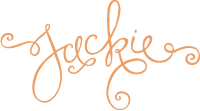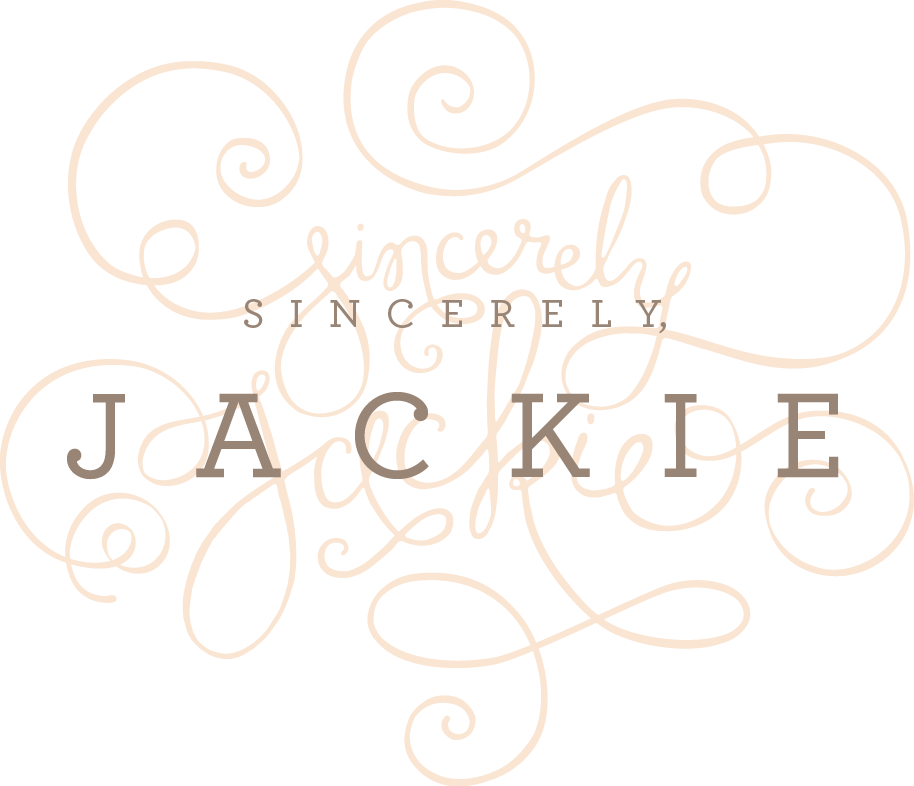Stationery 101: Paper Options | New York Wedding Invitations
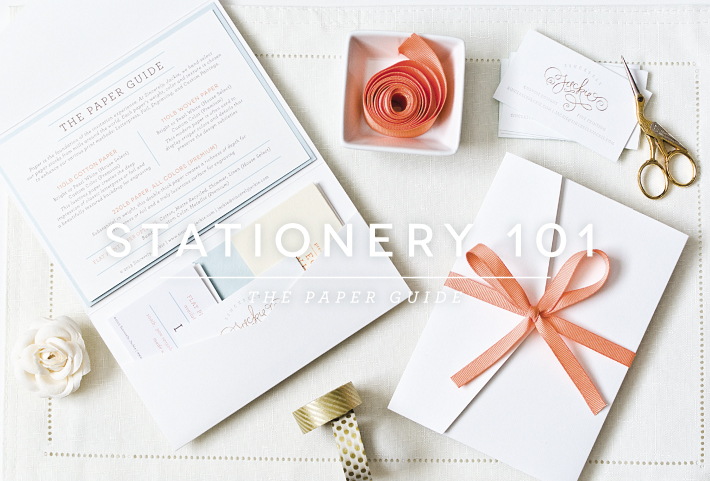
Paper is the foundation of your wedding invitation experience. From traditional, soft cotton, to modern, smooth woven papers, there are endless options for you to use. Each paper has a story to tell, a purpose to serve, and a design to perfectly compliment. I spend hours (days even), working with my clients to find the perfect paper choice to set the stage for the story of their wedding invitation. I believe paper is so important that I offer a comprehensive paper guide, which comes with the purchase of any Sincerely, Jackie wedding invitation sample, so that my brides can experience all of my personal favorite paper choices.
Today on Stationery 101 I'll be sharing answers and tips for some of the most common paper questions that my clients have asked. With so many unique choices to select from, it's easy to feel overwhelmed by weight, stock, texture, color, material and all of the other intricacies of paper. While you don't need to know all of the industry details (that's what having me is for!) it will be helpful to know some of the basic terminology. I'll go over the basics; weight, material, and color and I will also discuss the various different print methods that pair with each paper.
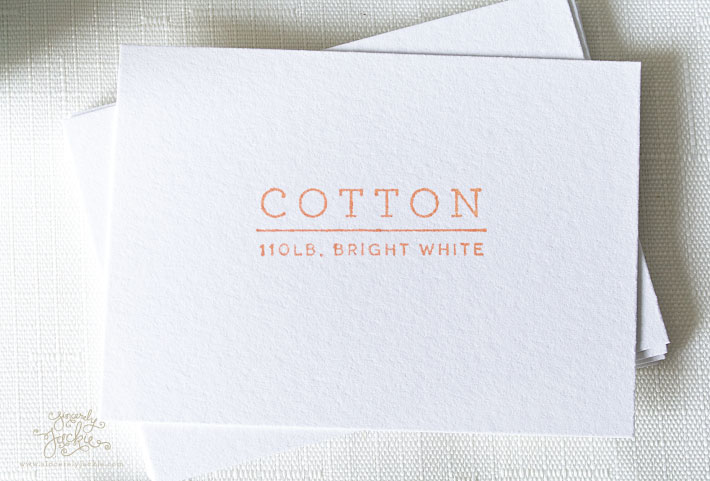
Let's start with paper weight, as it's one of the first things that brides ask me about. Simply put, the weight of the paper refers to how thick a paper stock is. The term weight is quite literally the weight of a ream of 500 sheets of paper. The thicker, and denser, the paper stock, the heaver those 500 sheets of paper will weigh. A stack of 500 sheets of cotton paper that weighs 220lbs means that each sheet is of paper is twice as thick (and heavy) as a stack of 500 sheets of cotton paper that weights 110lb. Different types of paper may vary slightly in weight and thickness, but, in general, using weight is an easy way to tell the thickness of a paper. The most common weights for wedding paper are 110lb, 130lb, and 220lb. Cotton paper, the classic choice for press printing, is available in 110lb or 220lb. The 220lb cotton is often called "double thick" as it is twice as thick as the 110lb paper, and twice as luxurious. When printing letterpress or foil, the thicker the paper, the deeper the impression will be, which makes 220lb paper a divine option.
Paper material is the next thing to talk about. Material and texture go hand-in-hand, as each material of paper has a different and unique texture. From the soft, fabric-like texture of cotton, to the smooth, polished texture of a metallic paper; the material can add a subtle (or dramatic) tactile experience for your wedding invitations. Natural papers, such as cotton or bamboo, are softer and work extremely well with press print techniques, such as letterpress, foil, engraving, and embossing. The texture of natural cotton will enhance the deep impressions of your press printed invitations. Flat printing is a very different type of print process, where paper is run through a digital printer (think of a very large version of your home pinter) and the paper options differ from those used for press printing. Recycled, woven, linen, and shimmer papers work very well with flat printing, and lead to bright colors and crisp photographs. There are also specialty cotton and felt papers that blend the beloved soft texture of a natural paper, with a smoother surface and are designed just for digital (flat) printing, which is perfect for Save the Dates or other photo cards.
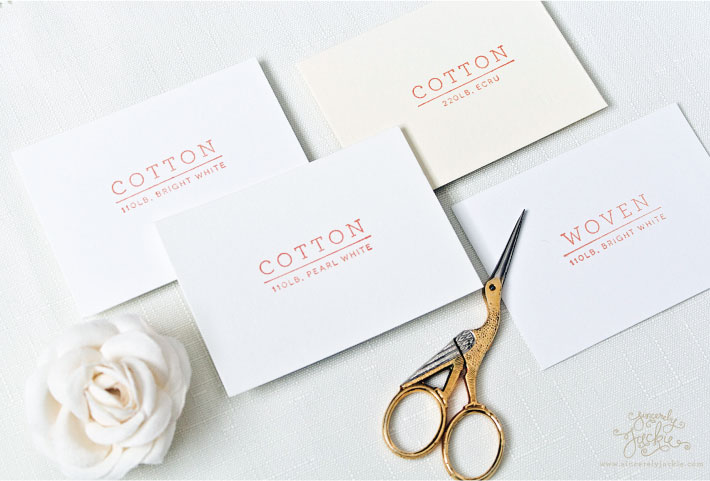
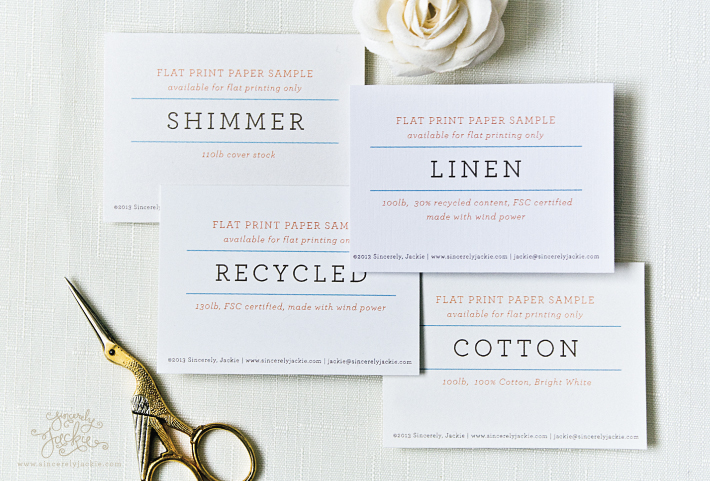
The last essential for selecting a paper is color. There are two important things regarding color; one, is the color of the paper you want to print on; and two, is the number of colors you want to be printed on each sheet of paper.
First, paper color. The most traditional paper color is white, for both press printed invitations and flat printed options. For press printing, here are two classic shades of white; bright white, and pearl white. The bright white offers a crisp pure white background, while the pearl white is slightly off-white, providing a subtle, softness of color. Cotton papers are available in a number of colored papers, such as creams, soft pink, soft blue and other subtle colors. Non-cotton papers are available in a rainbow of colors - endless, really - making paper color the canvas for your invitations.
The second consideration for color has to do with the number of colors to be printed. Flat printing offers the ability to print in an infinite number of colors in one design - making it the perfect choice for designs using photographs and colorful illustrations. Press printing requires a custom plate to be made for each color that will be pressed into the paper, making it the ideal option for showcasing a classic, single or pair of colors. I adore adding additional colors to press printed invitations through colored envelopes, liners, ribbon, and colored embellishments.
The above information will be very helpful for you to have in-hand when making your wedding invitation selections. However I cannot express how important it is to experience the paper options first person. Having those papers in hand while we discuss your unique invitation will help move the design process along and will make other design or embellishment decisions easier. I provide a full paper guide and sample kit with every order of a printed invitation sample, or the paper guide can be purchased separately. I've worked with mills around the world to hand-select my favorite papers, which are kept in-house and ready for use. The Sincerely, Jackie paper guide includes samples of every house-select paper option, as well as a sample of a premium paper (such as a 220lb cotton) that can be easily ordered for your invitations.
Be sure to visit other Stationery 101 topics, such as Spelling & Mistakes. Have a topic you want to be covered? Please leave a suggestion in the comment section below.
Sincerely,